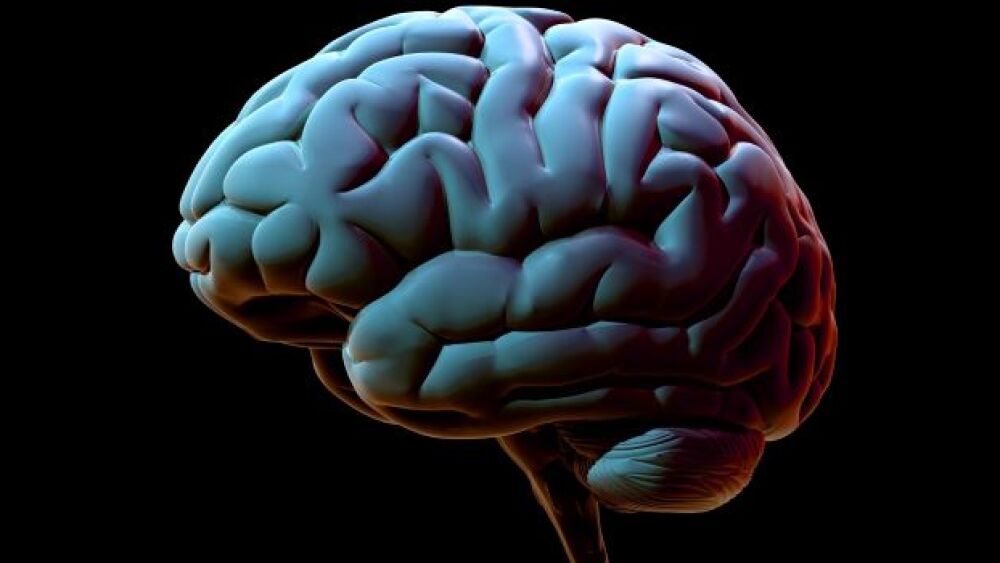A team of Yale researchers has found a key to unlocking the deadly mystery of brain aneurysms in adults.
A team of Yale researchers has found a key to unlocking the deadly mystery of brain aneurysms in adults.
Nearly 3% of the population is walking around with a saccular brain aneurysm they may or may not know about. Also known as a “berry” aneurysm due to appearing like a berry hanging from the vine, it is the most common form of cerebral aneurysm, representing 90% of cases, typically found on the arteries at the base of the brain. A weakened area of the blood vessel wall begins to balloon out.
Keeping a close watch on those with berry aneurysms is key to preventative treatment should the aneurysm appear to be close to rupturing. But identifying these patients has been notoriously difficult. While some suffer from headaches or vision changes, many have no symptoms. Many cases are discovered unexpectedly during an imaging test for another medical condition.
Approximately 30,000 Americans suffer a brain aneurysm rupture each year. The sudden rush of blood into the brain space causes nearly one in four patients to die before reaching a hospital. Another 25% of patients succumb to complications from a cerebral aneurysm within six months.
The Yale team uncovered the role of a protein-coding gene essential to early blood vessel development in the vertebrate brain. Mutations to the PPIL4 gene emerged as a common factor in the genomes of over 300 intracranial aneurysm patients analyzed by the group. The team also discovered a novel PPIL4-Wnt signaling pathway is essential for brain development and integrity.
“The disease has never been associated with a developmental defect and this gene is like a time machine that allows us to look back and find the origins of the aneurysms,” said Stepfania Nicoli, Ph.D., an associate professor of internal medicine and genetics and co-director of the Yale Cardiovascular Research Center in Cardiology.
By uncovering this insight into how these deadly aneurysms form, the door opens for identifying patients most at risk for developing. For patients with a diagnosed aneurysm, the approach is typically observed at first to monitor size and determine risk.
Some doctors will prescribe calcium channel-blocking drugs to reduce the risk of stroke. Patients can help themselves by keeping blood pressure under control with a healthy diet and exercise, avoiding stimulant drugs and quitting nicotine.
When an aneurysm is large and at higher risk for rupture, endovascular treatment can help block blood flow to the aneurysm and is minimally invasive, going in through an artery in the groin. Preventive brain surgery can be performed for severe aneurysms to clip the aneurysm. This option is typically avoided due to the risks of damage to other blood vessels and the risk of stroke.
“Studies like ours not only provide a genetic and mechanistic window into disease pathogenesis but present a remarkable potential for new pathways in IA screening, early diagnosis, and treatment,” Ketu Mishra-Gorur, Ph.D.,a research scientist co-leading the study said.
As Nicoli put it, “It is only one piece of the puzzle, but one that dramatically changes how we look at the disease.”






